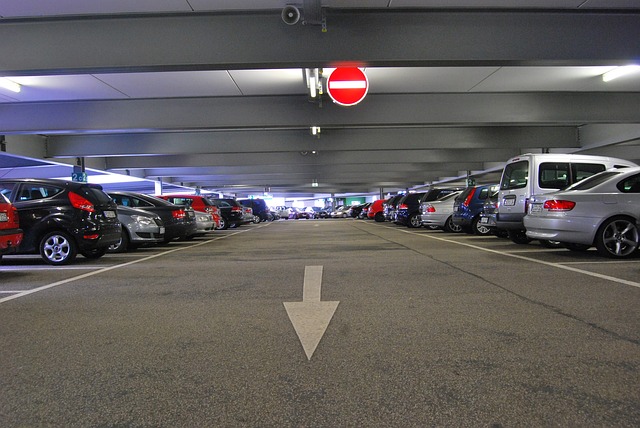How safe is your school’s parking lot or garage? From unauthorized visitors to vandalism to property theft and assault, school parking areas supply criminals with easy targets and tempting assets.
The challenge is that the risks for parking areas are always changing, says Geary Robinson, director of Parking and Transportation Services at the University of North Texas and co-chair of the Safety and Security Committee for the International Parking Institute. The 1990s put attention on bombings, 2001 gave way to terrorist attacks, and the last five years have seen an increased focus on mass shootings. No matter how big or small your school’s parking area, there is a distinct reality that it could be a gateway to, or staging area for, violence.
Focus on these three parking area strategies to protect students, staff, and their valuables, as well as your property and your reputation.

Keep It Clean
Often overlooked, parking lot and garage upkeep is a valuable security tactic.
Would-be aggressors also interpret an unkempt parking area as a sign that the property isn’t monitored. A poorly maintained lot or garage suggests it will be easier to commit a crime because no one from management will thwart or catch unwanted activity.
Routine janitorial duties like picking up litter, emptying garbage bins, trimming landscaping, and addressing odors are simple measures with noticeable results. In garages, glass elements, stairwell rails, signage, and elevator interiors should receive periodic cleanings as well.
Landscaping can serve as a passive barrier if properly maintained, but overrun hedges and trees can also create blind spots.
Light Up the Darkness
Not sure if your parking area has a lighting problem? Look at the behavior of visitors. If people feel compelled to use their cell phones to light their way when walking in your garage, or cars are grouped in your lot closest to parking lot light poles, these may be signs that users may be uncomfortable with the level of darkness.
Because no single light source is right for all parking situations, Robinson recommends having a professional lighting consultant evaluate your parking areas. Foot-candle levels, color rendering, and fixture types are best determined during site design, but are often economically viable retrofit projects due to energy savings and insurance considerations. A consultant can also guide you through options that will address safety, energy usage, and light pollution concerns.
Monitor Activity
Consider mixing overt and covert camera locations. Properly located digital surveillance cameras can monitor parking spaces, entrances, and narrow areas such as stairwells and corridors. Not only can surveillance catch a crime in progress, but documentation of a vehicle accident, personal assault, or even a slip-and-fall incident can provide valuable evidence during a legal investigation.
Beyond the benefits of monitoring, the mere presence of security cameras is sometimes enough to ward off an aggressor, prompting them to seek a less secure target. Surveillance also sends a message to occupants and visitors that their safety is a priority for campus administrators.
As with any surveillance technology, make sure you have appropriate signage announcing the use of cameras so you are following your jurisdiction’s privacy laws.
Don’t overlook the human element of surveillance either. The presence of parking officers and police community resource officers are another important security measure. The presence of a person monitoring parking lot activity can be an effective tactic for deterring criminal activity.
Sonitrol Great Lakes advises and assists school and campus administrators with a wide range of security strategies geared specifically for the education community. Contact us to learn how we can protect your students, staff, and surrounding community.
